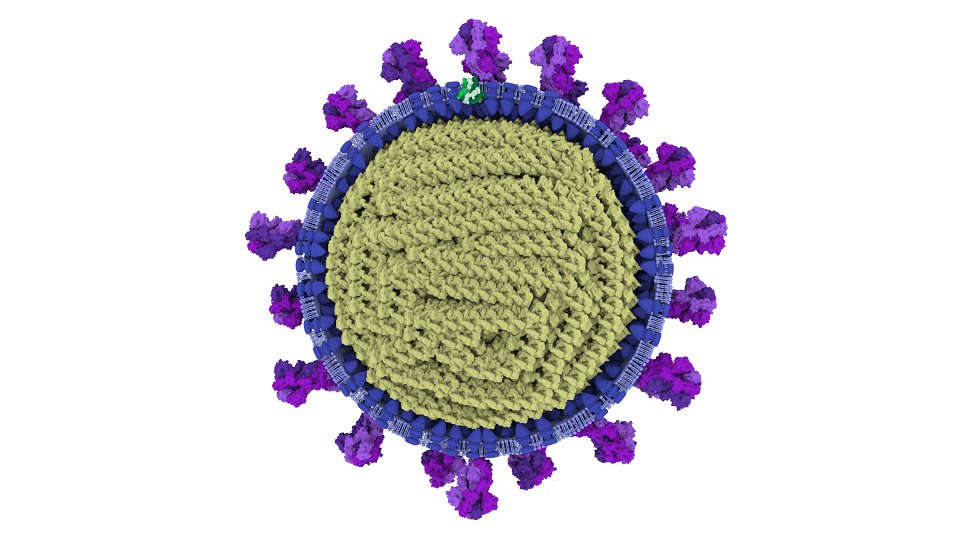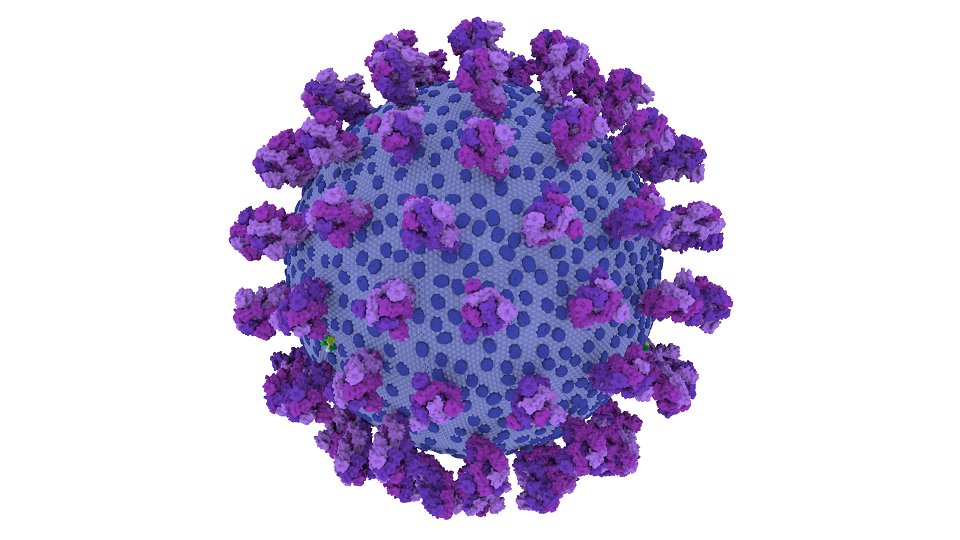
A quick Tweetorial about our new paper with the #BoutellLab, which @CharmanMatthew led during his PhD @CVRinfo
Alternative title: ‘Why are virologists’ cells stupid and does this matter?’ 🧵 (1/N)
Alternative title: ‘Why are virologists’ cells stupid and does this matter?’ 🧵 (1/N)
https://twitter.com/CVRinfo/status/1440255644100022278
If you work with human influenza viruses in the lab you most likely grow them in MDCK cells, or possibly MDBK cells, or maybe A549 cells if you are fussy enough to want a cell line that comes from (a) the right organ system and (b) the right species of animal (2/N)
These cell lines are super-convenient – they grow forever, and it’s so much easier to grow influenza in them than in, say, human bronchial epithelial cells. Great, right? (3/N) 

For some experiments, yes. But are we missing anything by working in these ‘easy’ cells? (Yes, yes we are)
It turns out that cancer cell lines (probably *because* they grow so beautifully) down-regulate a lot of genes that are important for the immune response to viruses (4/N)
It turns out that cancer cell lines (probably *because* they grow so beautifully) down-regulate a lot of genes that are important for the immune response to viruses (4/N)

On the other hand, if we reanalyse data from GTEx and the Human Proteome Atlas we find that those same antiviral genes are expressed at high levels in tissues, particularly in mucosa such as the respiratory tract that are constantly exposed to infection (5/N) 

There are lots of examples of this, but the TRIM family member TRIM22 jumped out at us, as it is expressed at particularly high levels in the lung (6/N) 

This was a surprise, as TRIM22 is a well-known ISG – it should only be ‘on’ during the innate immune response.
Well... TRIM22 *is* an ISG in cancer cell lines (or absent entirely). But in HBECs, or primary lung fibroblasts such as MRC5s, TRIM22 is on all the time… (7/N)
Well... TRIM22 *is* an ISG in cancer cell lines (or absent entirely). But in HBECs, or primary lung fibroblasts such as MRC5s, TRIM22 is on all the time… (7/N)

TRIM22 is also expressed at high levels in respiratory epithelia, cf. uninfected and influenza-infected macaques (tissue from a previous study)
So TRIM22 is a restriction factor that’s an ISG in cancer cell lines but ‘on’ all the time at the natural site of infection (8/N)
So TRIM22 is a restriction factor that’s an ISG in cancer cell lines but ‘on’ all the time at the natural site of infection (8/N)

In cells that do express TRIM22 constitutively, shTRIM22 shows that it provides intrinsic immunity against influenza viruses
When it’s always on, TRIM22 can restrict influenza virus replication during the first 4h of infection, *before* any detectible expression of ISGs (9/N)
When it’s always on, TRIM22 can restrict influenza virus replication during the first 4h of infection, *before* any detectible expression of ISGs (9/N)

Two take-home messages:
(1)ISGs are not always ISGs. Speculation: it makes sense that many 'ISG's are ‘on’ at portals of viral entry, but not at other sites where this could come at too high a cost
(2)When planning experiments, convenience always comes at a price
(10/N)
(1)ISGs are not always ISGs. Speculation: it makes sense that many 'ISG's are ‘on’ at portals of viral entry, but not at other sites where this could come at too high a cost
(2)When planning experiments, convenience always comes at a price
(10/N)
Thanks to the many co-authors who steered this through the long road to publication, including @Smcf72, @jowojtus, @Digs66768072, @molvirol and other excellent people #NotOnTwitter
• • •
Missing some Tweet in this thread? You can try to
force a refresh









